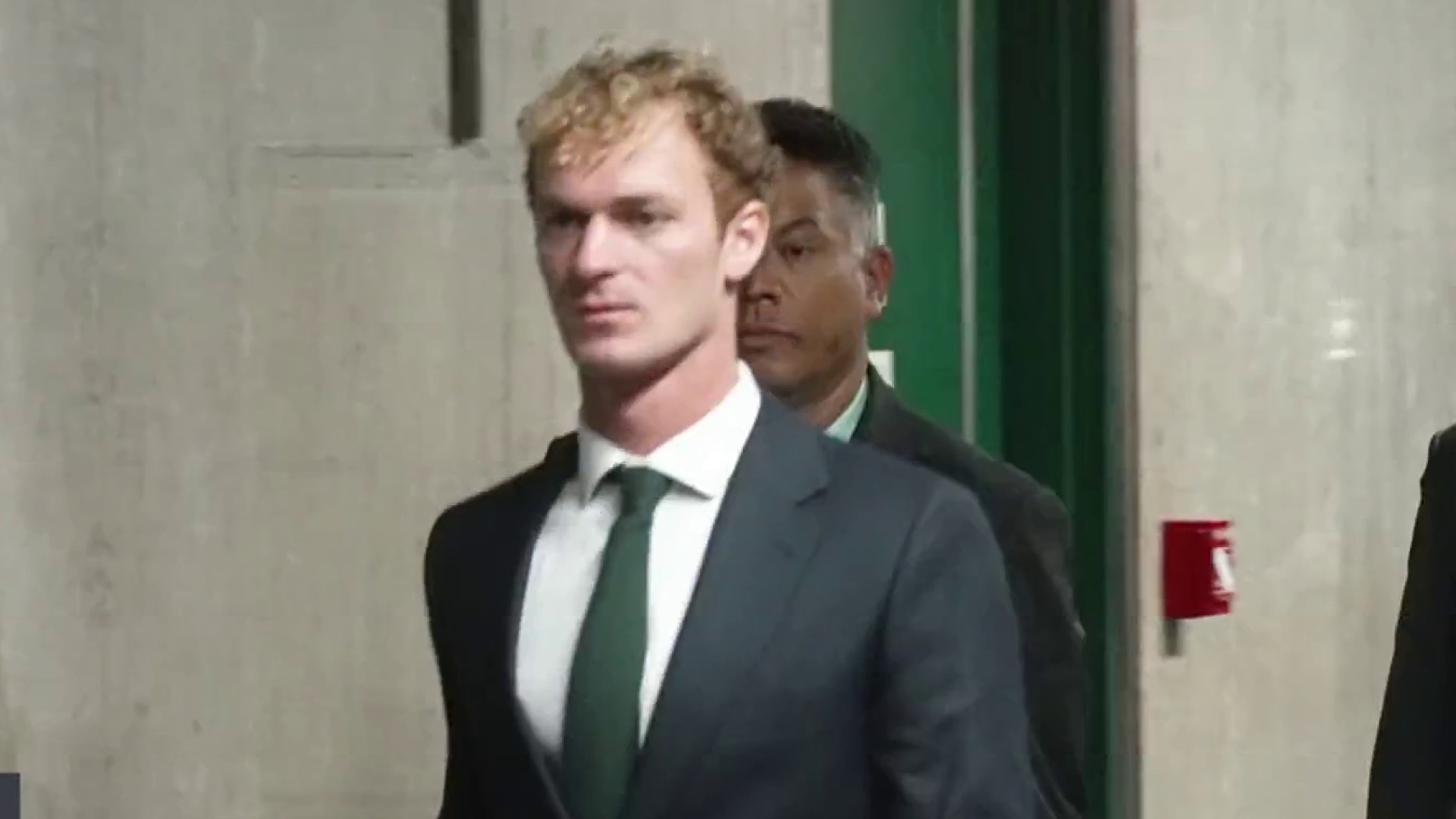Millions of dollars in White House money has helped pay for NYPD programs that put entire American Muslim neighborhoods under surveillance.
The money is part of a little-known grant intended to help law enforcement fight drug crimes. Since the terrorist attacks of Sept. 11, 2001, the Bush and Obama administrations have provided $135 million to the New York and New Jersey region through the High Intensity Drug Trafficking Area program, known as HIDTA.
Some of that money — it's unclear exactly how much because the program has little oversight — has paid for the cars that plainclothes NYPD officers used to conduct surveillance on Muslim neighborhoods. It also paid for computers that store even innocuous information about Muslim college students, mosque sermons and social events.
When NYPD Commissioner Raymond Kelly was filled in on these efforts, his briefings were prepared on HIDTA computers.
The AP confirmed the use of White House money through secret police documents and interviews with current and former city and federal officials. The AP also obtained electronic documents with digital signatures indicating they were created and saved on HIDTA computers. The HIDTA grant program is overseen by the White House Office of National Drug Control Policy.
The disclosure that the White House is at least partially paying for the NYPD's wholesale surveillance of places where Muslims eat, shop, work and pray complicates efforts by the Obama administration to stay out of the fray over New York's controversial counterterrorism programs. The administration has championed outreach to American Muslims and has said law enforcement should not put entire communities under suspicion.
The Obama administration, however, has pointedly refused to endorse or repudiate the NYPD programs it helps pay for. The White House last week declined to comment on its grant payments.
Local
John Brennan, Obama's top counterterrorism adviser, last year called the NYPD's efforts "heroic" but would not elaborate. Homeland Security Secretary Janet Napolitano, whose department also gives grant money to the NYPD and is one of the lead federal agencies helping police build relationships with Muslims, has refused in recent months to discuss the police tactics. Tom Perez, the Justice Department's top civil rights lawyer, has repeatedly refused to answer questions about the NYPD.
Outside Washington, the NYPD's efforts drew increased criticism last week. College administrators at Yale, Columbia and elsewhere issued harsh rebukes for NYPD's infiltration of Muslim student groups and its monitoring of school websites. New Jersey's governor and the mayor of its largest city have complained about the NYPD's widespread surveillance there, outside New York's police jurisdiction.
The White House HIDTA grant program was established at the height of the drug war to help police fight drug gangs and unravel supply routes. It has provided about $2.3 billion to local authorities in the past decade.
After the terror attacks, law enforcement was allowed to use some of that money to fight terrorism. It's unclear how much HIDTA money has been used to pay for the intelligence division, in part because NYPD intelligence operations receive scant oversight in New York.
Congress, which approves the money for the program, is not provided with a detailed breakdown of activities. None of the NYPD's clandestine programs is cited in the New York-New Jersey region's annual reports to Congress between 2006 and 2010.
NYPD spokesman Paul Browne did not respond to questions the AP sent to him in two emails about the White House money and the department's intelligence division.
Most of the money from the White House grants in New York and New Jersey has been spent fighting drugs, said Chauncey Parker, director of the program there. He said less than $1.3 million was spent on vehicles used by the NYPD intelligence unit.



